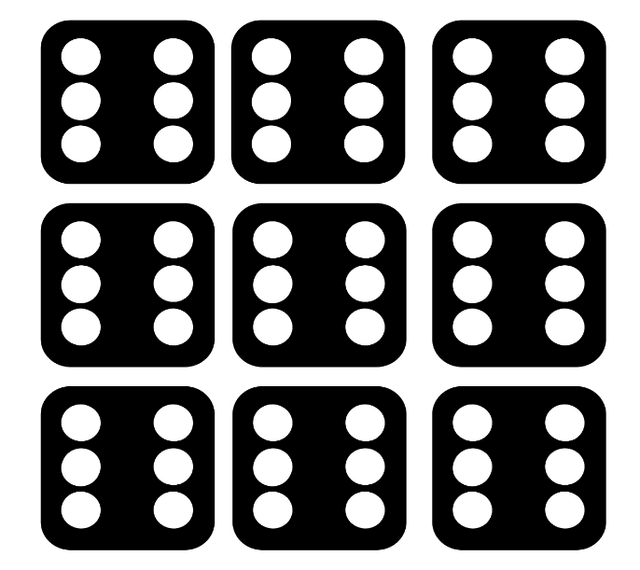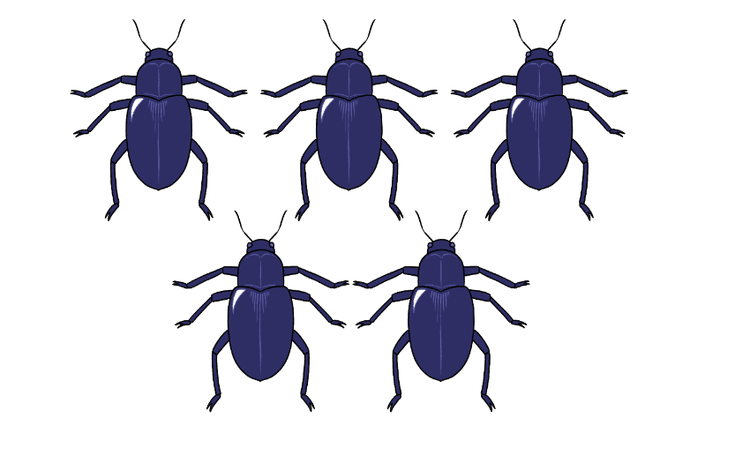Myths about teaching can hold you back
- Year 4
Solve problems involving multiples of 6
I can use known facts from the 5 times table to solve problems involving multiples of 6
- Year 4
Solve problems involving multiples of 6
I can use known facts from the 5 times table to solve problems involving multiples of 6
These resources will be removed by end of Summer Term 2025.
Switch to our new teaching resources now - designed by teachers and leading subject experts, and tested in classrooms.
These resources were created for remote use during the pandemic and are not designed for classroom teaching.
Lesson details
Key learning points
- If 4 times 5 is 20 then 4 times 6 is four more than 20
- If you know 5 times a number you can add the number again to work out 6 times the number
- 5 times a number and 6 times a number are adjacent multiples
Keywords
Multiple - A multiple is the result of multiplying a number by another whole number.
Common misconception
Lack of fluency in 6 times tables and not understanding the divisibility rules or the problems.
To clearly model highlighting key words of worded problems to understand the problem and the operation required for the calculation. Continue to use language stems such as 'If I know...' 'Then I know...,' to support mathematical thinking.
To help you plan your year 4 maths lesson on: Solve problems involving multiples of 6, download all teaching resources for free and adapt to suit your pupils' needs...
To help you plan your year 4 maths lesson on: Solve problems involving multiples of 6, download all teaching resources for free and adapt to suit your pupils' needs.
The starter quiz will activate and check your pupils' prior knowledge, with versions available both with and without answers in PDF format.
We use learning cycles to break down learning into key concepts or ideas linked to the learning outcome. Each learning cycle features explanations with checks for understanding and practice tasks with feedback. All of this is found in our slide decks, ready for you to download and edit. The practice tasks are also available as printable worksheets and some lessons have additional materials with extra material you might need for teaching the lesson.
The assessment exit quiz will test your pupils' understanding of the key learning points.
Our video is a tool for planning, showing how other teachers might teach the lesson, offering helpful tips, modelled explanations and inspiration for your own delivery in the classroom. Plus, you can set it as homework or revision for pupils and keep their learning on track by sharing an online pupil version of this lesson.
Explore more key stage 2 maths lessons from the Represent counting in threes and sixes as the 3 and 6 times tables unit, dive into the full primary maths curriculum, or learn more about lesson planning.

Equipment
Licence
Prior knowledge starter quiz
6 Questions
Q1.Identify the multiples of 6
Q2.Match the number to the adjacent multiple of 6
12
24
42
60
72
Q3.In each sequence, which multiple of 6 will come next?
18
42
60
48
Q4.Izzy has 5 flowers. Each flower has 6 petals. There are 30 petals altogether. Match the numbers in this problem to the word that describes them.
factor
factor
product
Q5.Each dice has 6 spots. There are 9 dice. How many spots are there altogether?

Q6.A hexagon has 6 sides. Imagine 7 hexagons. How many sides will there be in total?
Assessment exit quiz
6 Questions
Q1.Look at this multiplication equation: 8 × 6 = 48 Using this, match the numbers to the parts correctly.
factor
factor
product
Q2.Look at this image. What is the total number of legs on the beetles? legs

Q3.What is the product of the factors 6 and 9?
Q4.Match the expressions with the correct answer.
24
20
28
Q5.Order the expressions from the greatest to the smallest.
Q6.Each of the lines in the expressions match an inequality symbol. Match the expression to the symbol which makes it correct.
=
>
>
<


